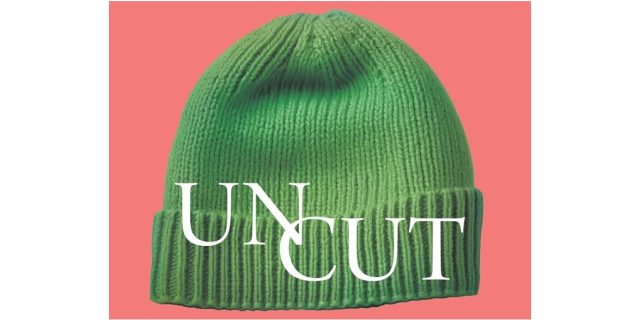
By
Jonathan A. Allan
October 2024
Print Version
What you need to know
To circumcise or not to circumcise? Expectant parents often find themselves tackling this question. The answer to the question is complicated by diverse medical opinions, religious traditions, and secular norms. This project sets out to understand how the foreskin is represented, theorized, and critiqued in the social sciences and humanities, in the biomedical sciences, and in policy documents of medical associations. When completed, this project will be one of the first full-length studies to consider circumcision by way of the foreskin as well as what it is, what it does, and why it matters.
Why this research is important
The foreskin, which is often thought about as being small and insignificant, easily clipped away like overgrown fingernails, is fifteen square inches of human skin that cover the glans penis. The foreskin is often misunderstood, maligned, and mythologized. The foreskin is imagined as being “foreign,” as when Homer Simpson declares, “How Euro!” upon seeing a baby. Other times, it is imagined as being “ugly” or even as abnormal, as when Charlotte declares, “It’s not normal” in an episode of Sex and the City. And it is also understood as dirty and unhygienic, rendering the intact penis at higher risk of all sorts of health problems. For a seemingly small piece of skin, there are a lot of ideas about it that merit consideration. Instead of asking about whether or not to circumcise, this book asks us to take the foreskin seriously. In this way, this research hopes to simmer some polarizing ideas and offer a different approach.
How this research was conducted
This research for the book Uncut: A Cultural Analysis of the Foreskin, which will appear in November 2024, is done; however, the work continues. New ideas arise, and new questions appear. To do this research, I primarily work with textual and visual material. I read far and wide on anything relevant to the foreskin, which means I read everything from pregnancy manuals to books about puberty to sex advice columns to marriage manuals to articles in magazines ranging from Cosmopolitan to Hustler. This work has happened locally at Brandon University with the support of Interlibrary Loans at the John E. Robbins Library and globally at archives and museums across Canada, in the United States, and further afield, in the United Kingdom, the Netherlands, and New Zealand. Because of the nature of the questions being considered, almost nothing seems “off-limits,” and so I have tried to take an approach that recognizes where these debates are happening and how they are unfolding. Recently, for instance, I have traced a circumcision debate that unfolded in the pages of Clothed with the Sun, a nudist publication.
What the researcher found
There are a lot of opinions about the foreskin and circumcision. And it wouldn’t be a lie to suggest that people seem “prepared to go to war” over it, as the authors of Cassel’s Queer Companion suggested. What I have found is that the most commonly cited reasons for circumcision tend to be: “to look like dad” or “to look like peers.” Thus, the arguments are not religious in nature; they are about social inclusion, or even, about aesthetics. What is surprising about the aesthetic argument is that most of the statues we see in museums are intact/uncircumcised. I have also learned here that words matter. Many prefer not to use the words “uncut” or “uncircumcised” because that implies something amiss, and thus prefer words like “natural” or “intact.” So, words also matter, and those words can often be deeply personal. I have also learned that there is still much that remains to be written, especially about the anti-circumcision movement or intactivism, and this is where my work is currently taking me. At the end of the day, research led to more research, as it so often does.
How this research can be used
This research will be of value to various stakeholders, including parents, medical doctors, and theorists and scholars of gender and sexuality, as well as people who are curious about the politics of circumcision. Ideally, this research will participate in policy discussions around routine neonatal circumcision, especially since this research provides a full-length cultural study of the foreskin.
Acknowledgements
This research is undertaken, in part, thanks to funding from the Canada Research Chairs program, the Social Sciences and Humanities Research Council of Canada, and the Brandon University Research Committee.
About the Researcher
Keywords
- circumcision
- foreskin
- masculinity
- prepuce
- routine neonatal circumcision
Publications Based on the Research
Allan, J. A. (2024). Uncut: A cultural analysis of the foreskin. University of Regina Press.
Editor: Christiane Ramsey
Read more BU Research
Research at Brandon University follows comprehensive policies designed to safeguard ethics, to ensure academic integrity, to protect human and animal welfare and to prevent conflicts of interest.

